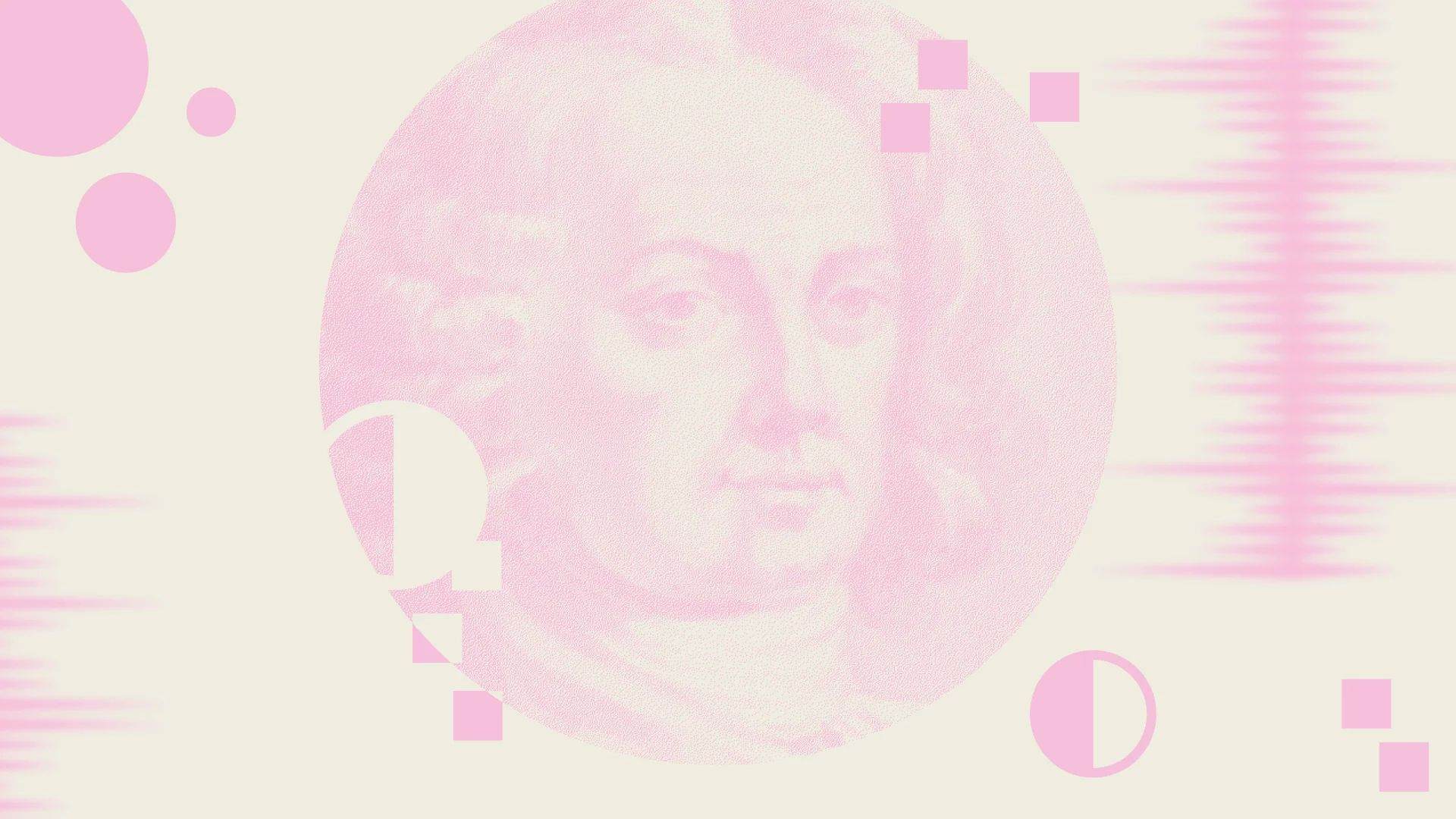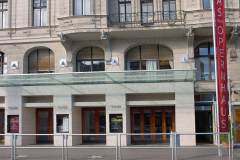Griselda
Mo | Tu | We | Th | Fr | Sa | Su |
Dramma per musica
Libretto by Apostolo Zeno
The tale of the shepherdess Griselda is one of the most popular subjects for 18th-century opera. No wonder, since the King of Sicily’s marriage to a simple shepherdess who is forced to defend her virtue in a series of tests until she proves herself a true queen offers material for many eventful episodes and a wide range of emotions. The Italian composer Giovanni Bononcini wrote his version of Griselda in 1722 for the King’s Theatre in London. He shared the post of composer-in-residence there with none other than George Frideric Handel. The opera’s recitatives were missing for a long time, and it is only in recent years that the lyrical, yet extremely inventive score has been reconstructed. Max Emanuel Cencic, counter-tenor and head of the Bayreuth Baroque Opera Festival, has been energetic in his efforts to rediscover this pearl of Baroque opera and will now present it in Vienna with conductor Benjamin Bayl.
Concert performance in Italian with German surtitles
Introduction to the work 30 minutes before curtain-up
Synopsis
Place: Near Palermo in Sicily.
King Gualtiero has married Griselda, a peasant woman and his longtime mistress, and fears that she will not be accepted among the nobility. Concerned that a rebellion might arise, the king decides he must prove that Griselda is worthy to be their queen and the mother of their future king. He tests her virtue and steadfastness with a series of cruel ordeals, including telling her a lie that their long-lost daughter was killed on his orders. Gualtiero banishes Griselda from the court and announces that he intends to take another wife, the young woman Almirena, who is, unknown to all, their missing daughter. Almirena is highly upset over the king's proposal as she is in love with Ernesto.
Meanwhile, Griselda has returned to the humble cottage where she once lived. A beautiful woman, she has caught the attention of Rambaldo, a Sicilian nobleman, who attempts to woo her. After refusing him, Rambaldo threatens to kill her infant son, Everardo, unless she agrees to marry him. Griselda refuses and flees to the palace where she is permitted to stay as a servant to Almirena. Gualtiero, as a final test, orders Griselda to marry Rambaldo, which she refuses to his satisfaction. The king reveals his true motive for tormenting her and accepts her again as his queen to the satisfaction of Almirena and Ernesto who can now be reunited. Rambaldo, who confesses to have stirred up the nobles in the hope of winning Griselda, is forgiven.
Program and cast
Conductor - Benjamin Bayl
Griselda - Sonja Runje
Gualtiero - Max Emanuel Cencic
Ernesto - Dennis Orellana
Almirena - Johanna Rosa Falkinger
Rambaldo - Tomas Kral
Wrocław Baroque Orchestra
Theater an der Wien
About the Theater an der Wien
The New Opera House is not just any theatre, but the one that Emanuel Schikaneder, the all-round genius, actor, impresario with a flair for organization but above all librettist of The Magic Flute, had built in 1801 in Vienna in keeping with the spirit of Mozart.
To coincide with the 250th anniversary of Mozart’s birth the Theater an der Wien presents itself as a new opera house from January 2006. As a “season” opera house with productions all the year round the Theater an der Wien carves a new and independent niche in the realm of high-quality culture in Vienna. For twelve months of the year, with one premiere every month, opera will be performed under the “stagione”, or season, system: that means the cast remains unchanged from the first performance to the last one, which guarantees that the very highest international standards are maintained.
The theatre’s modern, accessible approach to music theatre as demonstrated by the works performed, the overall artistic concept Bespielung and the artistes is further underlined by the building itself, its architecture and the vibrancy of its location. The surroundings and materials, the intimate atmosphere and perfect acoustics in the historical theatre prepare the senses to experience beauty. The Theater an der Wien deliberately enters into a symbiotic relationship with its lively surroundings on the Naschmarkt street market and the young cultural scene centred in the Schleifmühl quarter.
How to get there
With public transport:
We can be reached by public transport:
U1, U2 und U4 Station Karlsplatz, Exit Secession
Bus 59A Station Bärenmühldurchgang
Bus 57A Station Laimgrubengasse, pedestrians via Laimgrubengasse to Linke Wienzeile
KAMMEROPER:
Fleischmarkt 24, 1010 Wien
We can be reached by public transport:
U1, U4: Station Schwedenplatz
Tram Linie D (bei Ablenukung über Kai), 1, 2: Station Schwedenplatz
Bus 3A (on workdays)

 EN
EN DE
DE IT
IT FR
FR ES
ES RU
RU JP
JP RO
RO
 Seating plan
Seating plan 